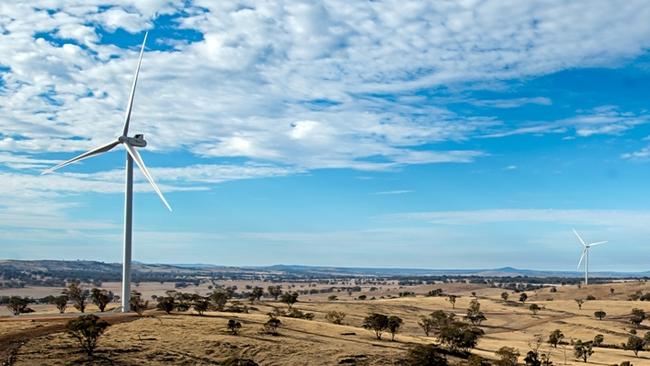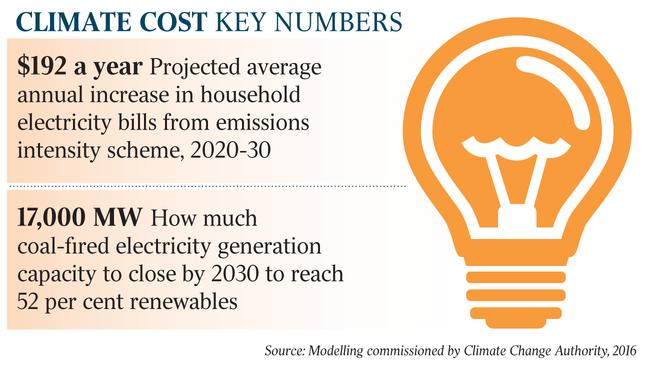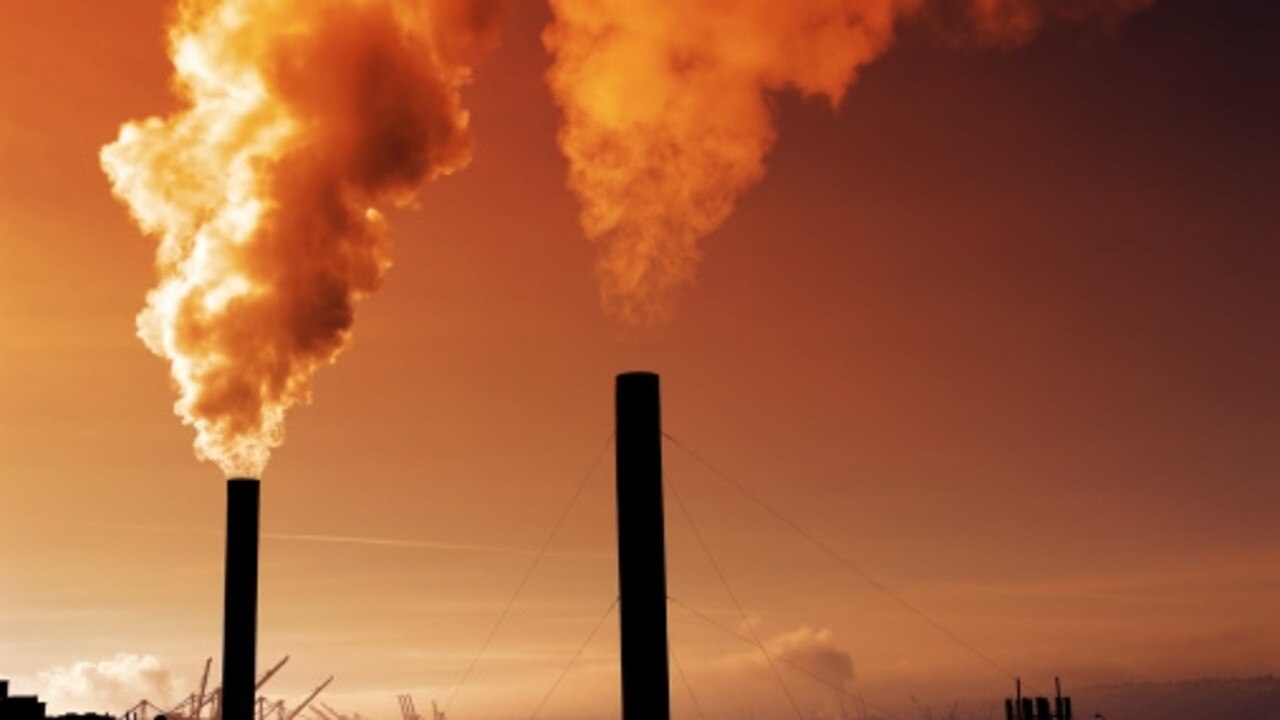Labor’s energy policy to deliver $200 bill shock
Labor’s policy of a 50 per cent renewable energy target by 2030 would add almost $200 a year to the household bill.

Labor’s policy of a 50 per cent renewable energy target by 2030 would require the closure of 75 per cent of existing coal-fired power in Australia and add almost $200 a year to the average household energy bill, according to analysis of modelling commissioned by the Climate Change Authority.
In the first indication of the cost of Labor’s stated energy policy, including a 45 per cent emissions reduction target, the modelling reveals that to achieve such a goal, 17,000 megawatts of coal-fired power would have to be taken out of the National Electricity Market.
This would correspond to 75 per cent of the existing coal-fired generation, or 10 coal-fired power stations of equivalent size to Hazelwood, reducing the current 16 coal-fired power stations in the market to only one or two.
The data analysis drawn from modelling provided to the Climate Change Authority for its 2016 Policy Options for Australia’s Electricity Supply Sector — Special Review Research Report, contained in a government briefing note provided to The Australian, also reveals that it would increase energy bills by $1921 over 10 years from 2020 to 2030.
The modelling was based on an emissions intensity scheme that sought to achieve a 52 per cent renewable energy target by 2030 — the closest model to Labor’s stated policy of a 50 per cent RET. Labor has previously signalled that an emissions intensity scheme was its preferred option to achieve that.
The annual rise in annual electricity bills to realise its policy, according to data contained in spreadsheets attached to the report, would start at about $100 a year in 2020 and peak at $285 a year in 2027. A further data sheet contained in the modelling appendices, under chapter three of the report relating to an EIS, shows that this would also entail taking an extra 17,000 megawatts of black and brown coal-fired generation out of the market by 2030. This would be on top of the 1600MW taken out with the closure of Hazelwood in Victoria.
Bill Shorten has refused to release modelling of the opposition’s energy policy, claiming more details on the 45 per cent emissions reduction target would be released before the next election.
The CCA modelling will strengthen the Turnbull government’s case for its national energy guarantee — and its promise of a $115 annual saving for households — which the opposition has continued to ridicule as being a saving of only 50c a day.

The modelling work for the CCA, a body set up by the Gillard government, marks a clear differential in the competing policies of an estimated $300 a year.
The opposition, which is open to supporting the NEG, continued its attack in parliament yesterday, describing the NEG’s claimed savings of $115 a year for households as “lousy”.
Opposition environment spokesman Mark Butler, in a question to the Prime Minister, asked: “Does the Prime Minister seriously expect people in NSW to thank him for a lousy 50c-a-week saving they might get in three years’ time?”
The Opposition Leader accused the government of presiding over high electricity prices and warned pensioners would lose their energy supplement, all for a “lousy 50c a week in three years’ time”.
Energy Minister Josh Frydenberg said the CCA modelling exposed Labor’s “hypocrisy” over energy policy and accused the opposition of deliberately hiding the cost of its renewable energy policy.
“The only reason why Labor hasn’t modelled its emission intensity scheme is because it will drive up household bills by an average of almost $200 per year,” Mr Frydenberg said.
“That’s more than a $300-a-year difference to the Turnbull government’s National Energy Guarantee which will deliver affordable and reliable power.
“A family in Newcastle who are already paying $1500 a year for their power cannot afford a $200 increase in their bill.
‘Labor has been calling for a bipartisan national policy based on expert advice. Now this is on the table this is a test of Bill Shorten’s mettle. This is his chance to put aside the climate wars of the past.”
Mr Frydenberg accused the opposition of having a confused policy position, citing deputy Labor leader Tanya Plibersek’s confirmation last week that the energy intensity scheme was the preferred model for “reducing pollution in the economy”. This was three days after Mr Shorten called for the government to work on a bipartisan approach on a clean energy target — the preferred option of Chief Scientist Alan Finkel in his report to government. Mr Butler has confirmed Labor remains committed to plans to ensure at least 50 per cent of Australia’s electricity is generated from renewable resources by 2030”.
Ahead of next month’s meeting of energy ministers, Business Council of Australia chief executive Jennifer Westacott sent letters to premiers yesterday urging them to support the NEG.
Malcolm Turnbull said state governments had been “very receptive” to the NEG and he was hopeful of a deal.




